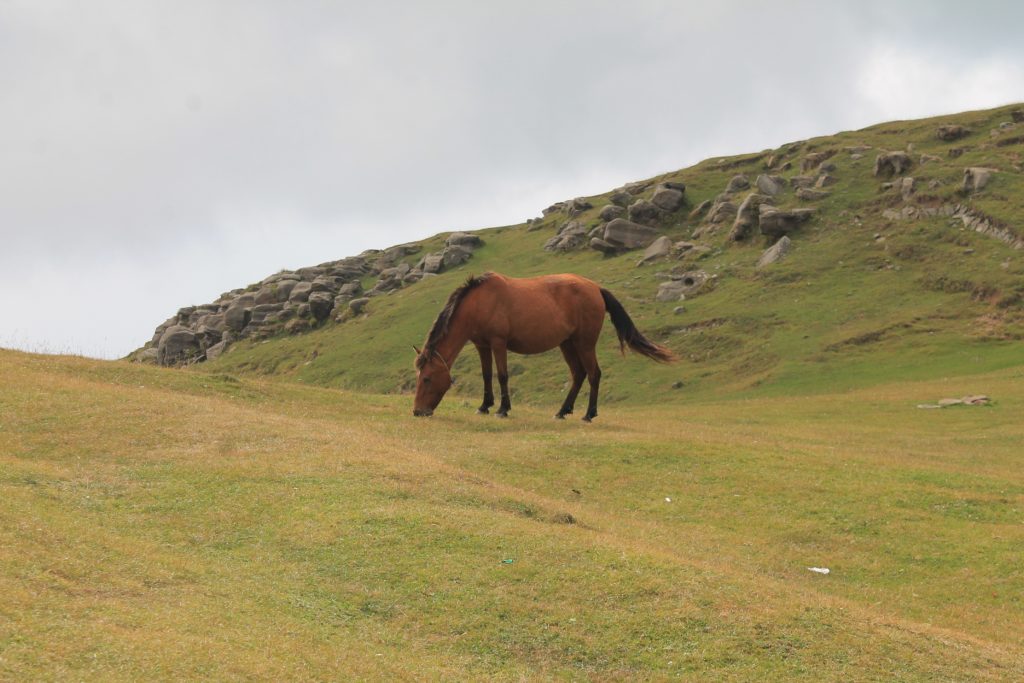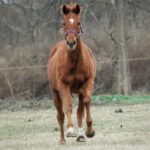If you ever notice your horse squirming in pain, or you detected that your horse has an unusual gait in their walking, then perhaps they are suffering from a problem. This problem is commonly known as the kissing spine in horses. Like the name suggests, the bones in the horses’ spine is starting to touch one another, and the friction is causing pain and discomfort to the horse itself. This is, in a nutshell, a very simple explanation of the problem. Let us look deeper into the kissing spine in horses. We will cover the origins of the problem, the causes and effects of it too.
What Is Kissing Spine In Horses?

I understand that most of the readers out there might not be that familiar with terms, so we aim to keep this as simple as possible. Essentially, kissing spines in horses is a condition that affects the horse. This is primarily due to the bones in the vertebrae being close to one another. This affects horses who are often sent for competitions or racing events. It is known as “overriding dorsal spinous processes” by veterinarians. While this problem can cause extreme discomfort for the horses, severe implication can mean bone remodeling (essentially arthritis) and ligament inflammation in your horse. Sounds painful? You bet it is!
How Do You Know If The Horse Have Kissing Spines Or Not
One of the best ways, for the untrained eye, to detect if the horse has kissing spines or not is simply by detecting if the horse is struggling to maintain a three-beat canter. Also, if your horse starts to get aggressive when you groom her back, then it might be a tell tale sign that the horse is suffering from the Kissing Spines problem.
Truth be told, it is often not easy even for the trained eye. Such symptoms are so subtle, that more often than not it gets under the radar. But when you detect that your horse isn’t really well and you cannot point your finger to anything, do bring your horse to the vet. The best way to diagnose the problem is actually to use X-rays and ultra-sonograms. To begin the process, a local anesthetic will be injected into the spinal process. The rider will then be asked to school the horse, and the rider will need to determine if it does feel any difference or not.
How To Treat Kissing Spines In Horses
To solve the problem, the horse will need to go under the knife. While it may sound scary to most, you can be rest assured that the procedure has evolved through the years. Now, the entire procedure is extremely safe and it does not cause any discomfort to the horse at all.
Under the previous procedure, bones are removed under general anesthetic. As you may know, such surgery do take a longer time before the horse can recover. However, with the new procedure, the hose can be up and running within 2 months! This is because the updated procedure involves cutting the ligaments between the spinal processes. Once the incision is being made, the supraspinous ligament will be split apart. When the spinal processes is revealed, about 3 inches of bone will be removed. A void will be present since the bone will not re-grow.
After Surgery Care
It is rather important that your horse goes through physiotherapy after the operation itself. This will allow the horse to gain back its usage of the affected areas.

